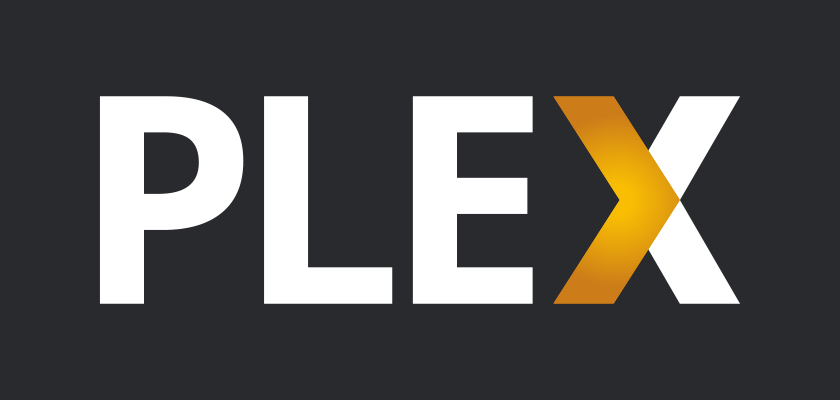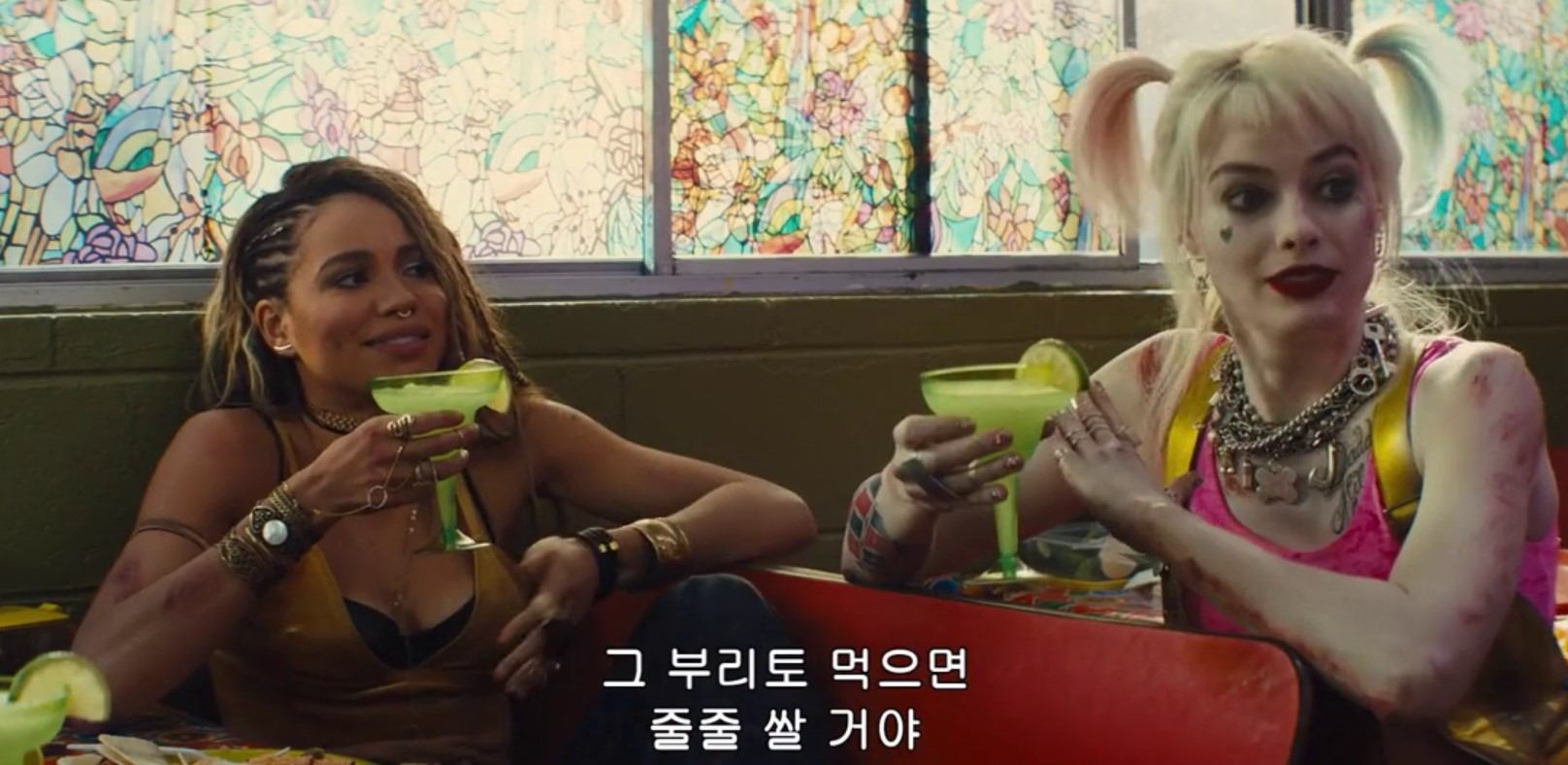 Back in 2016, Grammy award-winning musician Maria Schneider launched a scathing attack on YouTube, accusing the platform of “criminal rackeetering”.
Back in 2016, Grammy award-winning musician Maria Schneider launched a scathing attack on YouTube, accusing the platform of “criminal rackeetering”.
According to Schneider, YouTube has “thoroughly twisted, contorted, and abused the original meaning of the outdated DMCA ‘safe harbor’ to create a massive income redistribution scheme.”
Last summer it became clear that Schneider’s opinions had not changed when her name appeared as a plaintiff in a class-action lawsuit filed against YouTube.
As previously reported, Schneider is joined by a company called Pirate Monitor in the suit and together they accuse YouTube of being massively deficient in its copyright enforcement measures, including by denying smaller artists access to its takedown tools (Content ID), failing to terminate repeat infringers, while profiting from piracy.
YouTube Accuses Plaintiff of Fraud
Last September, YouTube fought back by alleging that agents of Pirate Monitor opened bogus YouTube accounts to upload its own videos and then filed takedown notices against the same content claiming that its rights had been infringed.
According to YouTube, this was a ploy to gain access to Content ID after the company was previously denied access for having no track record of properly using the DMCA takedown process. This new and fraudulent approach only supported its earlier decision to deny access to the Content ID tool, YouTube said.
In November, the plaintiffs fought back, stating that YouTube had failed to provide any evidence to back up its allegations. But a month later, YouTube told the court that the same IP address used to upload allegedly-infringing content was also used to file DMCA notices to take it down.
Plaintiffs and Defendants Are Digging In
A case management statement published this week reveals that little progress has been made in respect of bringing the parties closer together.
The plaintiffs, on behalf of themselves and the Class, repeat their claims that “millions” of copyright works have been distributed via YouTube in breach of copyright while alleging that they have no “viable means” of enforcing their rights other than via manual searches and takedown notices.
Furthermore, since YouTube only implements its repeat infringer policies for non-Content ID identifications, the plaintiffs argue that the video platform cannot claim safe harbor protection under the DMCA. For its part, Youtube says this is an attempt to relitigate its earlier copyright battle with Viacom, which found that YouTube is entitled to safe harbor protections.
“No law supports Plaintiffs’ assertion that denying them access to [Content ID] somehow makes YouTube liable for copyright infringement,” the video platform adds, noting that Schneider already has access anyway.
“Plaintiff Schneider already has access to Content ID through her publishing agent, who has used Content ID for years on Schneider’s behalf,” YouTube adds.
But there are more fundamental issues too.
Zero Copyright Infringement Alleged in Complaint
According to YouTube, Schneider has named just three copyrighted “works in suit” and Pirate Monitor has identified three too. However, neither has identified any infringement.
“[T]he Complaint failed to allege a single instance of infringement for even one of the six copyrighted works. That alone renders the claims deficient. Beyond that, Pirate Monitor recently admitted — five months into the case — that it does not have standing to assert infringement of one of the three works it asserted in the Complaint.”
YouTube says that Schneider did list around 50 new works that weren’t mentioned in the complaint during interrogatory responses but failed to allege ownership or registration. But there are other problems too.
“Schneider has failed to identify a single alleged infringement for approximately half of the new works, and the instances of alleged infringement she did identify all fall outside the three-year statute of limitations. Further, it now appears clear that Schneider’s publishing agent licensed YouTube to use all of Schneider’s musical works, which would independently defeat any infringement claim,” YouTube adds.
Class Action Unsuited to Copyright Disputes
Given the complexity of copyright infringement cases, YouTube says that the plaintiff’s suit will not be maintainable as a class action. Referencing an earlier failed attempt by the Premier League, YouTube describes the current litigation as a “Frankenstein monster posing as a class action.”
Evidence Preservation
According to Schneider and Pirate Monitor, YouTube isn’t taking its evidence preservation responsibilities seriously having rejected some of their demands. The plaintiffs say that YouTube is refusing to preserve videos that are deleted by users, even if they infringe their rights, demanding that the plaintiffs need to identify each one first.
“Defendants have also repeatedly taken the position that they will not preserve any evidence relating to the putative class in this case,” they add, a reference to entities that are not yet part of the class action – which could be almost any rightsholder.
Somewhat predictably given the scope of the plaintiffs’ demands, YouTube insists that it is preserving evidence but can only do so when the plaintiffs identify those works, noting that it does not have to guess at what that content should be. Also, when considering that almost any copyright holder could join the class action at a later point, effectively asking YouTube not to delete anything is a step too far.
“[P]laintiffs have made the extraordinary and unreasonable demand that YouTube preserve all ‘material and content’ uploaded to YouTube, notwithstanding users’ ordinary rights to delete their own data, simply because Plaintiffs have brought this case as a putative class action,” YouTube writes.
“They have cited no authority requiring anything like that, which would inflict huge costs and burdens on YouTube — essentially redesigning YouTube’s entire data retention system in violation of user privacy rights and at a cost of hundreds of hours of engineering time and millions of dollars — that are disproportionate to the legitimate needs of a case in which there are only two named plaintiffs asserting, at most, a small number of copyrighted works, and who have very low prospects of ever certifying a class.”
The case has been scheduled for trial starting November 28, 2022, but whether it will ever get there remains a question. The only certainty at the moment is that the parties couldn’t be any further apart in their positions and neither is showing any signs of giving an inch.
The joint case management statement can be found here (pdf)
From: TF , for the latest news on copyright battles, piracy and more.
chevron_right
 Plex is a multifunctional media software and service that allows users to easily access all their entertainment in one place.
Plex is a multifunctional media software and service that allows users to easily access all their entertainment in one place.



 YTS is one of the most popular torrent sites, serving millions of users per day.
YTS is one of the most popular torrent sites, serving millions of users per day.


 Last year, the US Department of Justice booked one of its biggest successes in its battle against online piracy.
Last year, the US Department of Justice booked one of its biggest successes in its battle against online piracy.

 After a film premieres at the box office, movie fans typically have to wait a few months before they can see it online, depending on the local release strategy.
After a film premieres at the box office, movie fans typically have to wait a few months before they can see it online, depending on the local release strategy.

 Many copyright holders portray pirates as thieves that must be hampered or stopped at any cost.
Many copyright holders portray pirates as thieves that must be hampered or stopped at any cost.